Deep in the great Mongolian steppes, nomadic life thrives in villages well removed from the modernizing influence that comes from the capital, Ulaanbaatar. For travelers, it is an exclusive view of life as it’s been lived for centuries without too much change.
To be culturally immersed or just out of urban monotony, the 15 villages below provide authentic experiences that forever change one’s perspective.
Tsagaan Nuur, Khövsgöl Province
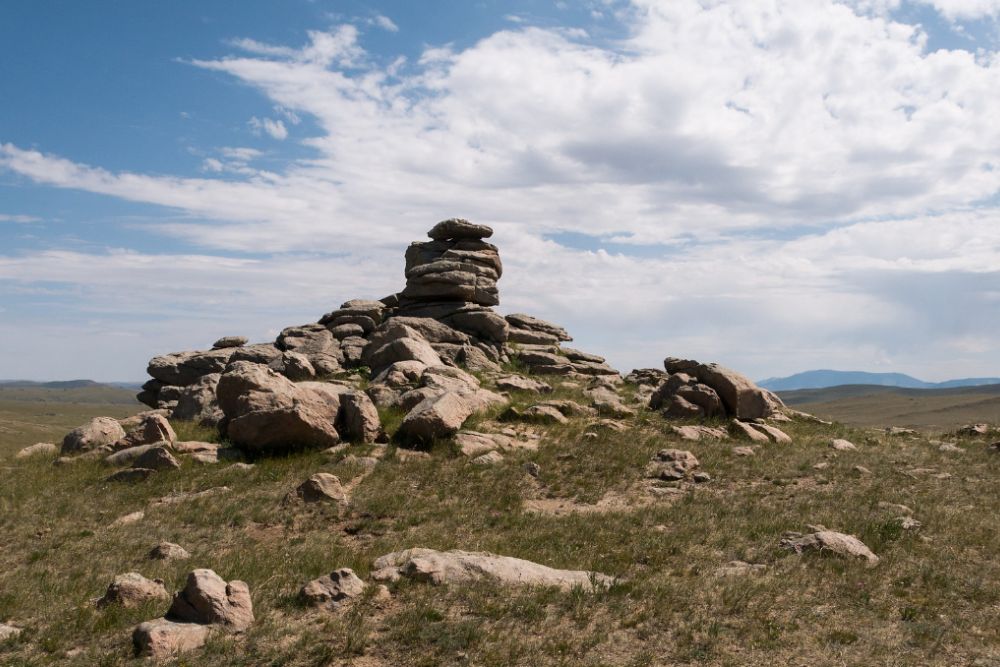
This remote village lies nestled alongside the pristine waters of Lake Khövsgöl, giving it a permanent abode for the resilient Dukha reindeer herders. The village elevates to 5,600 feet, where the forest and mountain tundra converge.
They preserve the traditional practice of reindeer husbandry, where families migrate over the year amongst the seasonal camps. Local guides can accommodate visitors in local Ortz huts and enlighten them about sustainable herding practices that have survived the ages.
The isolated location of this village has, in a way, preserved the unique cultural legacy of this community, making it an invaluable window to Mongolia’s nomadic past.
Darkhad Valley, Western Khövsgöl
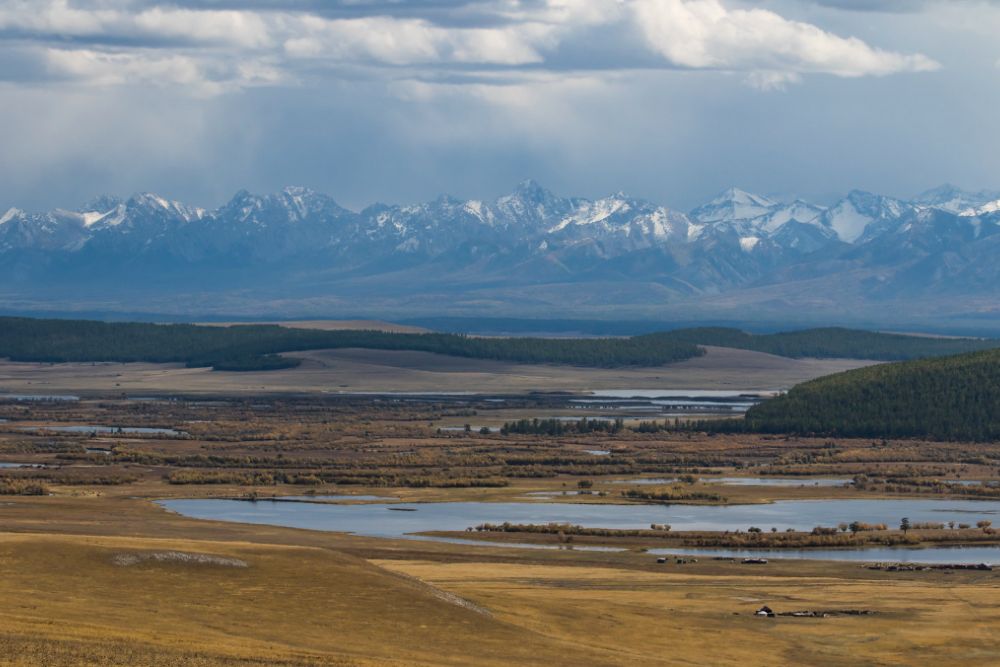
In the shadow of the Sayan Mountains lies a collection of yurt camps that comprise one of Mongolia’s most isolated communities. The valley’s residents maintain strong shamanic traditions, with local spiritual leaders playing vital roles in community life.
Visitors can participate in seasonal migrations, moving with families across 30 miles of rugged terrain as they follow ancient grazing routes. The community’s traditional methods of producing airag (fermented mare’s milk) have remained unchanged for centuries.
Local families welcome guests into their homes with legendary Mongolian hospitality, sharing meals and stories around evening fires.
Like Travel Pug’s content? Follow us on MSN.
Delger Khan, Ömnögovi Province
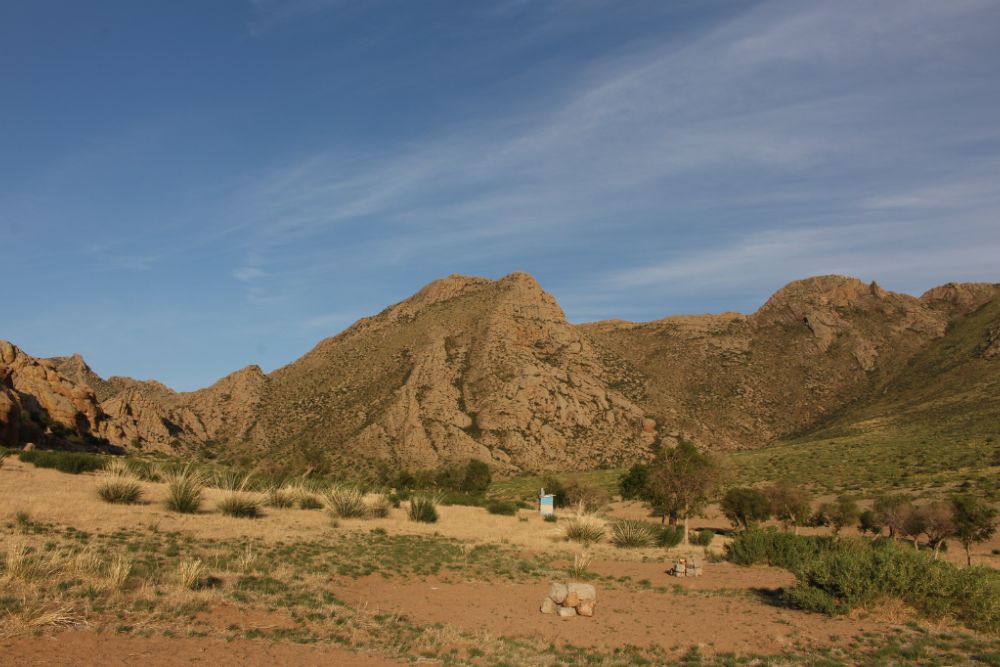
This Gobi Desert settlement showcases the remarkable adaptability of Mongolia’s nomadic peoples to extreme environments. Families here have mastered the art of survival in one of Earth’s harshest landscapes, where summer temperatures can soar past 104°F.
The village’s proximity to ancient petroglyphs offers insight into the region’s rich archaeological heritage. Traditional camel breeding techniques passed down through generations continue to sustain the community.
The locals maintain strong connections to their Buddhist faith, with a small temple serving as the village’s spiritual center.
Altai Tavan Bogd, Bayan-Ölgii Province
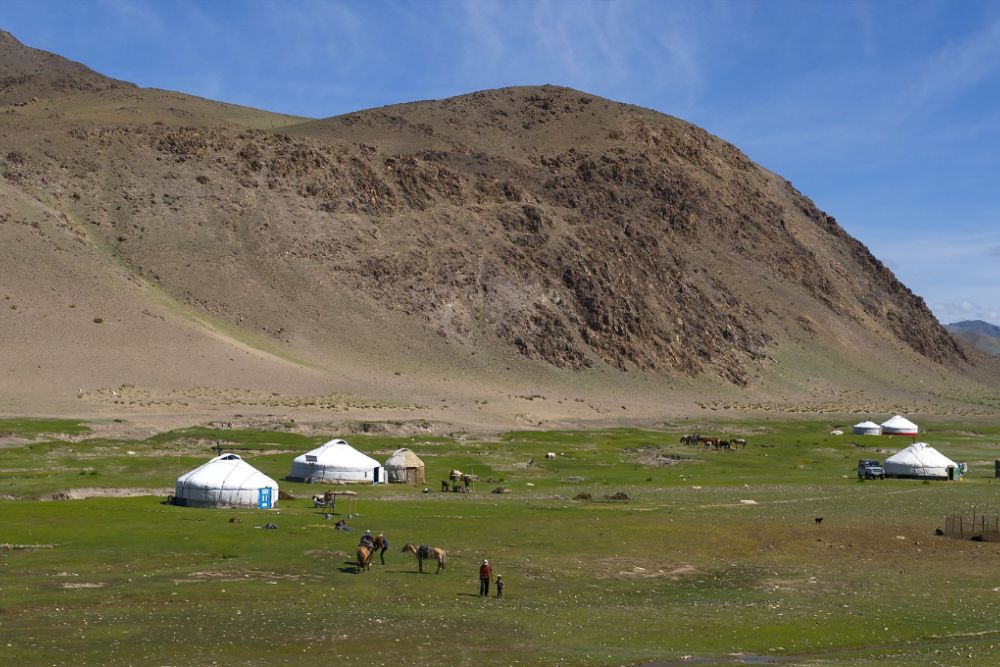
The Kazakh eagle hunters of this remote region maintain one of Mongolia’s most spectacular cultural traditions. Their village, situated at the convergence of Mongolia, Russia, and China, provides a unique glimpse into the lives of ethnic Kazakhs who have preserved their ancient hunting practices.
Visitors can witness the breathtaking partnership between hunters and their trained golden eagles during the winter hunting season. The community’s intricate embroidery and textile work showcase the artistic heritage passed down through generations.
The dramatic backdrop of the Altai Mountains creates an unforgettable setting for experiencing this remarkable way of life.
Khoton Lake, Western Mongolia
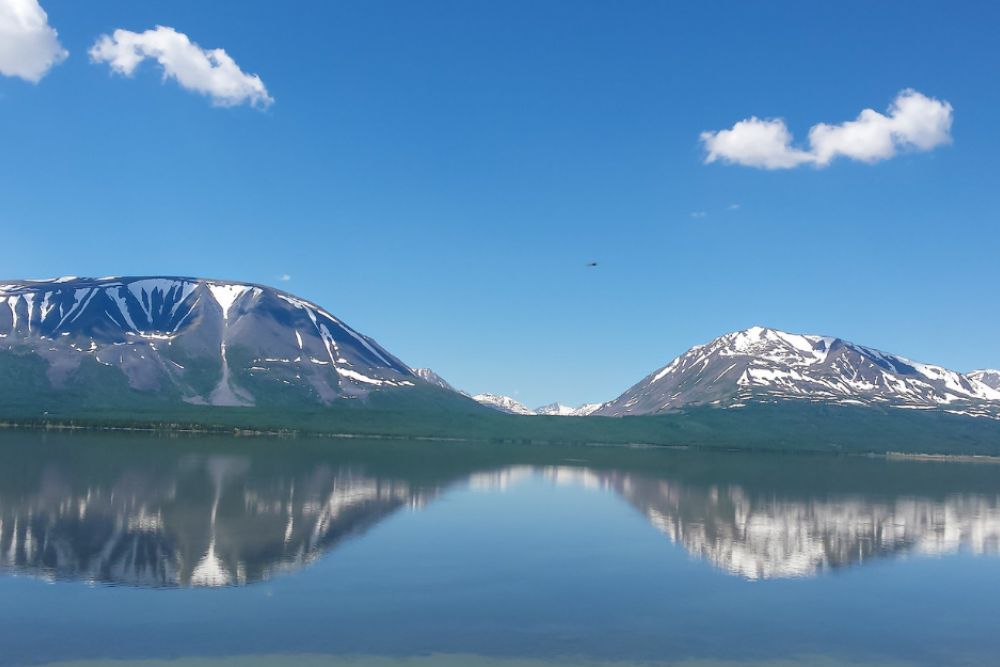
This settlement of the Khoton people demonstrates the delicate balance between traditional fishing practices and nomadic herding. The crystal-clear waters of Khoton Lake provide sustenance through ancient fishing techniques that have sustained the community for centuries.
Local families maintain traditional boat-building practices using materials gathered from the surrounding landscape. The village’s unique position along ancient trade routes has influenced its distinctive cultural practices and customs.
Visitors can learn about traditional methods of preserving fish and producing unique dairy products specific to this region.
Like Travel Pug’s content? Follow us on MSN.
Buir Nuur, Eastern Mongolia
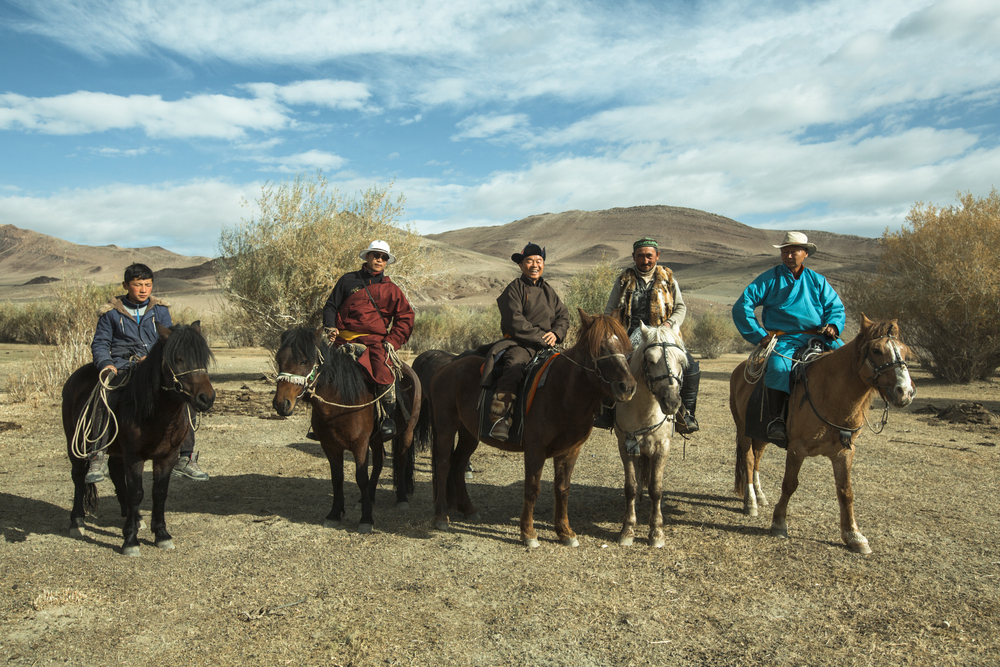
This fishing village sits on the edge of the Mongol-China border and is a remnant bastion of eastern Mongolian tradition in Buryat culture. Ancient fishing is maintained in this community on the Buir Lake with traditional wooden boats and handmade nets by the local artisans.
The seasonal festivities celebrate important occasions in the calendar of fishing and herding, which is full of colorful ceremonies drawing on both Buddhism and shamanism. The isolation of the village has helped preserve the unique dialectical features of the Buryat language.
Local families welcome visitors to participate in traditional fish smoking and preservation techniques.
Darvi, Khovd Province
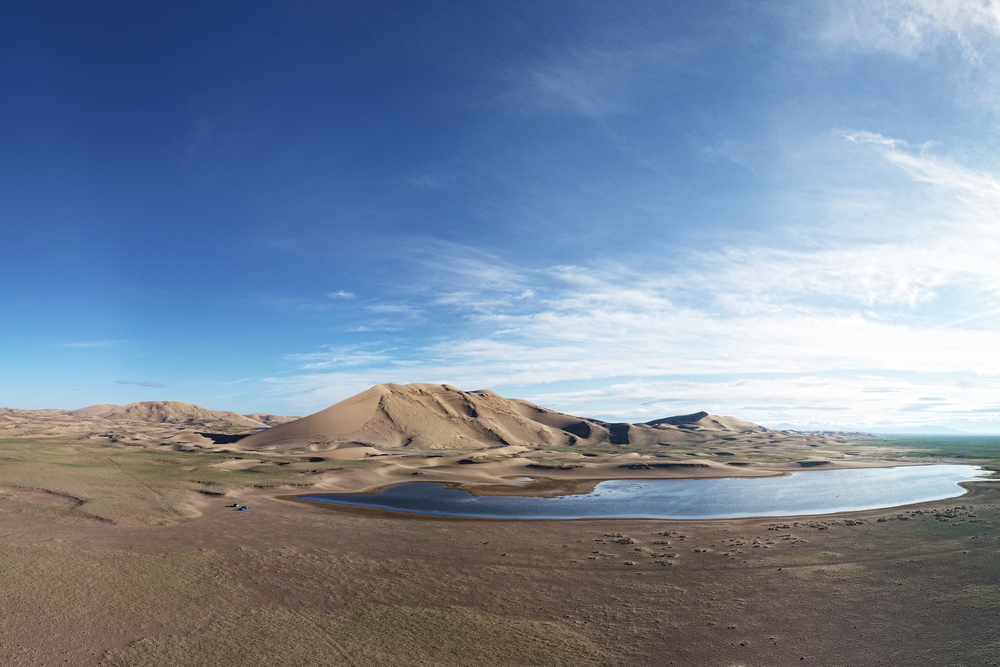
This oasis community in western Mongolia showcases the ingenious water management systems developed by nomadic peoples. The village’s traditional irrigation methods have transformed a small section of the Gobi into productive farmland while maintaining pastoral traditions.
Local families practice unique hybrid farming-herding techniques that have evolved over centuries of adaptation to the harsh environment. The community maintains strong musical traditions, with regular performances of traditional long songs and throat singing.
Their traditional methods of producing dried fruits and vegetables demonstrate remarkable desert agriculture techniques.
Ulaan Uul, Northern Khövsgöl
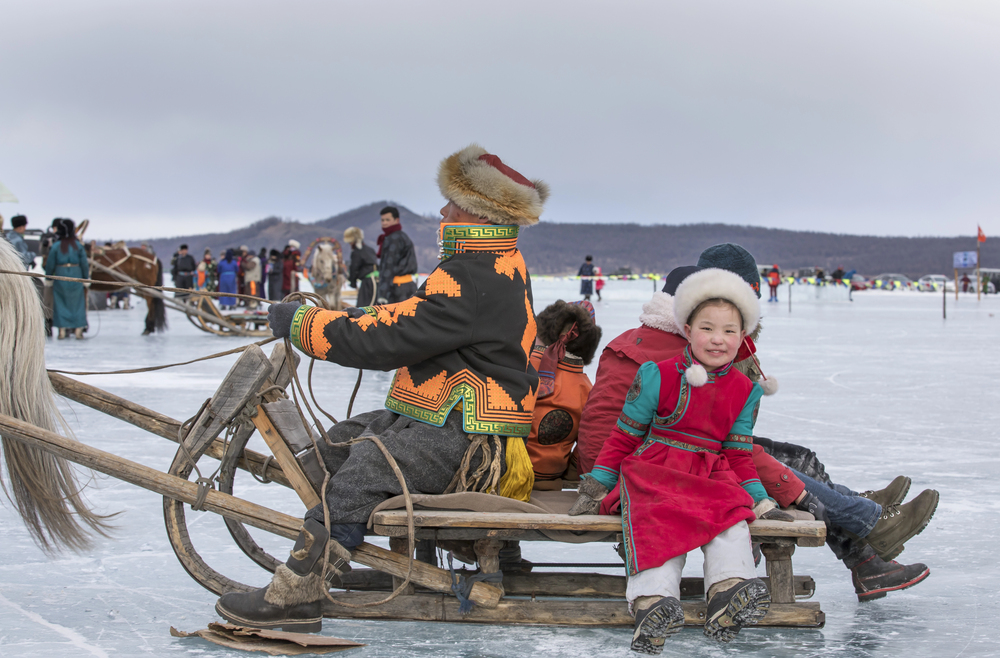
This is one of the last communities practicing traditional forest-based nomadism in the northern taiga. The unique relationship between the settlement and the surrounding boreal forest has shaped distinctive hunting and gathering practices passed down through generations.
Local craftspeople maintain ancient traditions of working with birch bark to create functional and decorative items. The community’s spiritual practices blend Buddhism with ancient animistic beliefs unique to the region.
The people will learn techniques for harvesting and processing pine nuts, berries, and medicinal plants.
Like Travel Pug’s content? Follow us on MSN.
Noyon, Ömnögovi Province
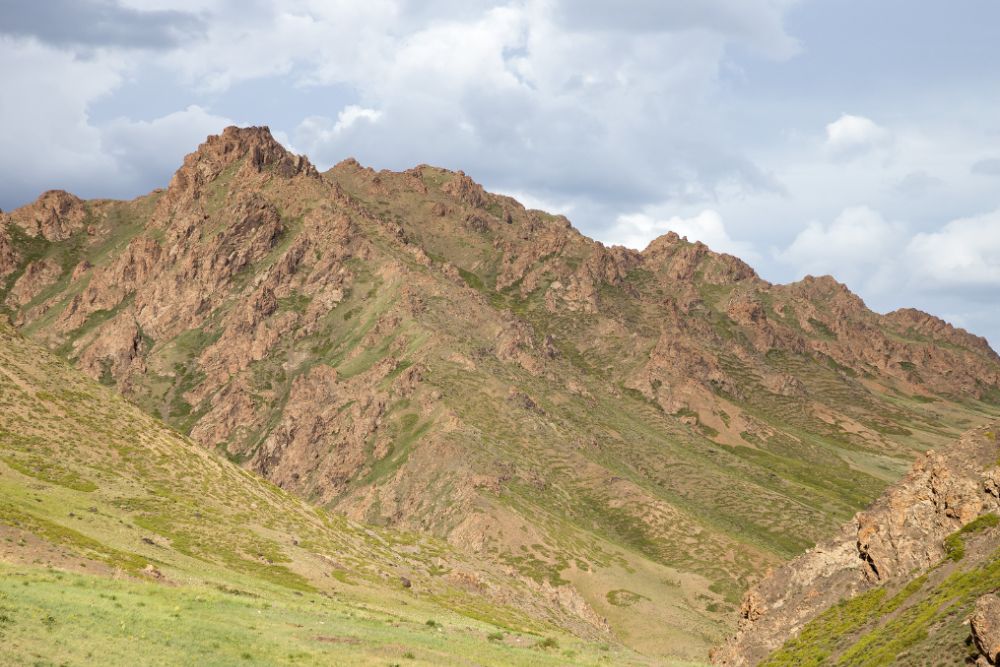
This desert community showcases traditional methods of locating and maintaining natural springs in the Gobi. The village’s unique architecture combines portable gers with ingenious semi-permanent structures adapted to extreme desert conditions.
Local camel herders maintain ancient breeding lines of Bactrian camels, which are crucial for desert transportation and survival. The community preserves traditional methods of processing camel wool into highly sought-after textiles.
Their knowledge of desert navigation using natural landmarks represents centuries of accumulated wisdom.
Tengis, Khövsgöl Province
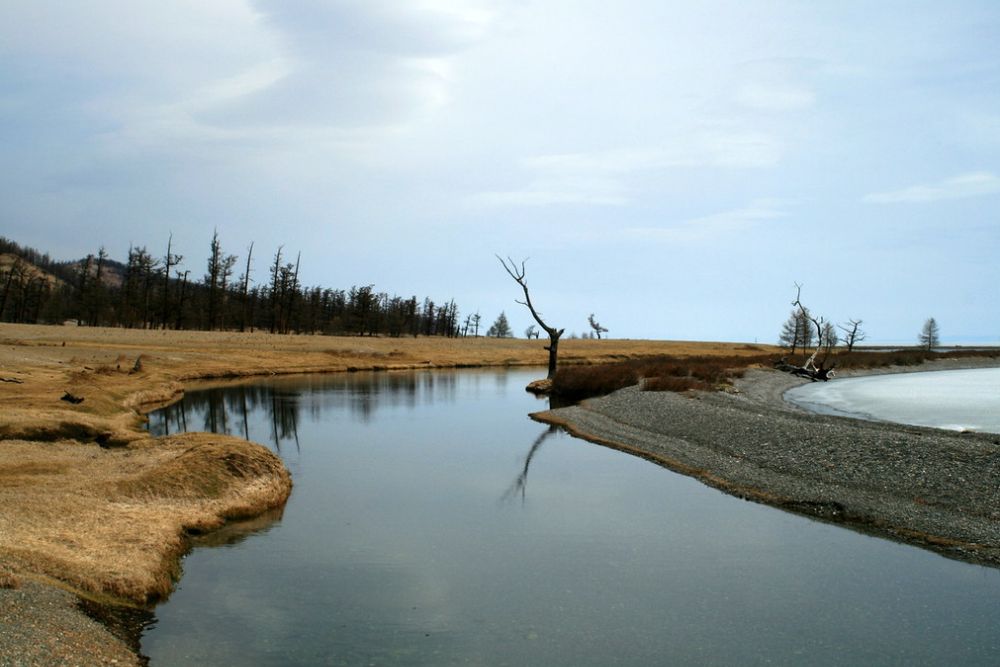
Situated along the shores of a sacred lake, this village maintains strong connections to traditional fishing and herding practices. The community’s unique boat designs have evolved specifically for the local waters, and construction techniques have been passed down through generations.
Local spiritual leaders maintain ancient ceremonies related to water worship and environmental protection. The village’s traditional methods of processing fish roe have created a sustainable local industry.
Their seasonal celebrations mark important moments in both the pastoral and fishing calendars.
Khongor, Southern Gobi
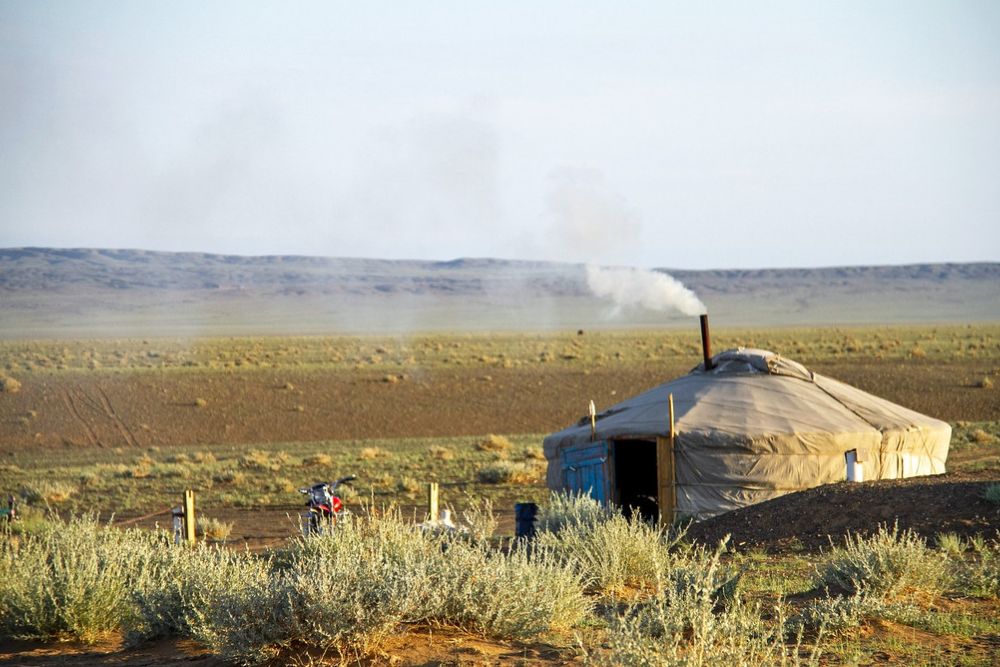
This settlement at the foot of the Singing Dunes demonstrates remarkable adaptations to life in one of Mongolia’s most extreme environments. The community maintains traditional methods of predicting weather patterns using ancient observational techniques.
Through centuries of selective breeding, local horse breeders preserve unique bloodlines adapted to desert conditions. The village’s traditional wool processing techniques create materials specifically suited to desert conditions.
Their knowledge of finding and protecting desert springs represents crucial cultural heritage.
Like Travel Pug’s content? Follow us on MSN.
Tsengel, Bayan-Ölgii Province
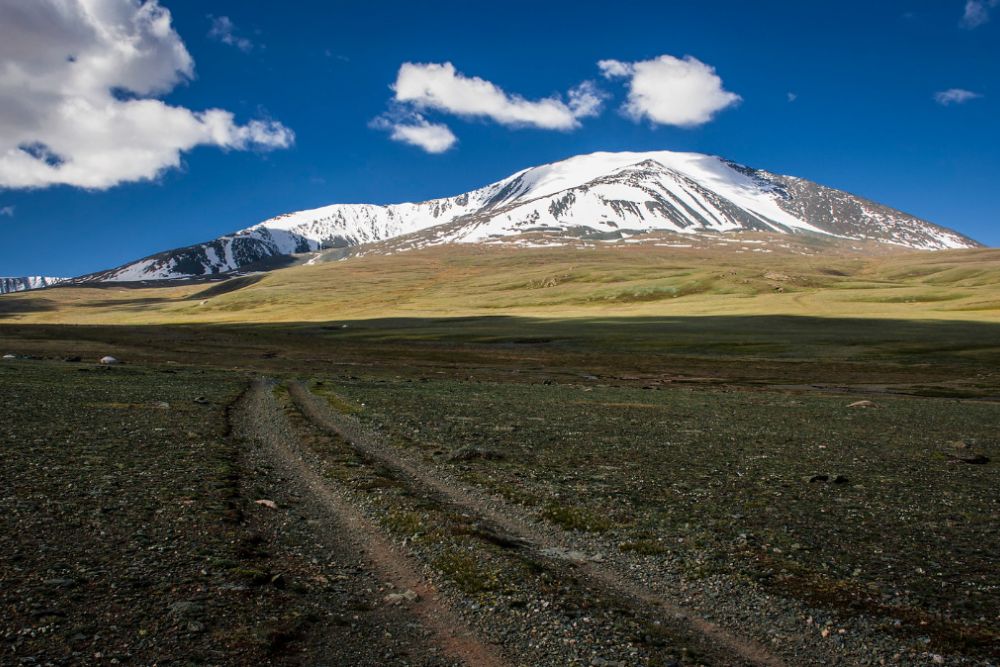
This high-altitude community preserves unique Tuvan traditions in Mongolia’s westernmost province. The village’s distinctive approach to high-altitude herding has evolved through centuries of adaptation to extreme conditions.
Local artisans maintain ancient metalworking traditions, creating tools and decorative items using traditional techniques. The community’s traditional music features unique instruments and styles specific to their cultural heritage.
Their seasonal migration routes follow patterns established by ancestors centuries ago.
Erdeneburen, Khovd Province
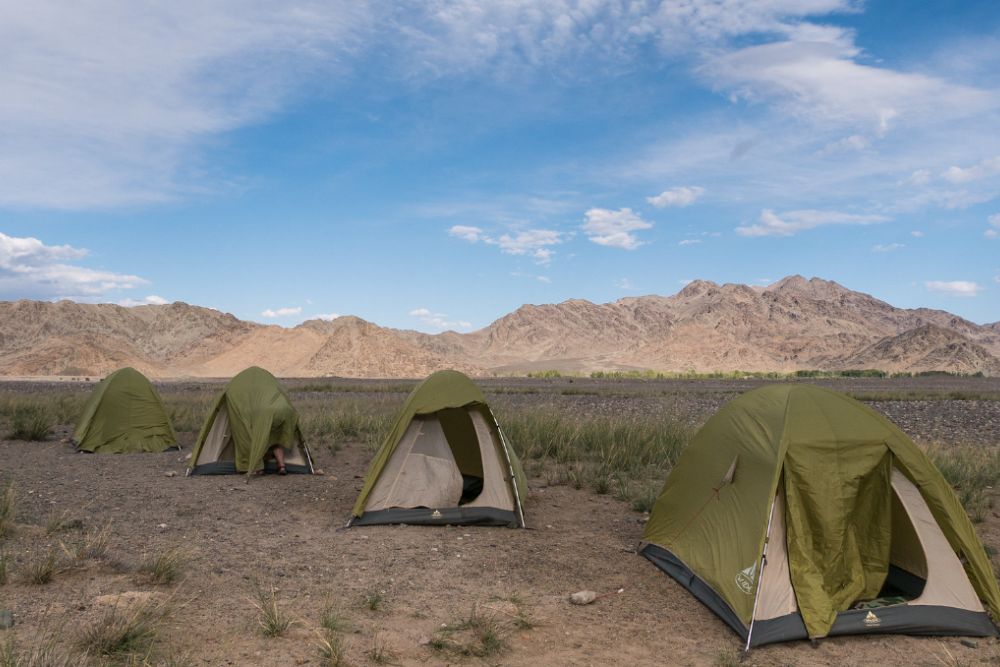
This riverside settlement maintains traditional irrigation and farming practices alongside nomadic herding. The village’s unique water rights and management system dates back centuries, ensuring sustainable resource use.
Local craftspeople preserve traditional felt-making techniques, creating distinctive patterns and styles specific to the region. The community maintains ancient methods of processing and preserving fruits from their riverside orchards.
Their traditional ceremonies marking the agricultural calendar blend multiple cultural influences.
Mörön, Eastern Khövsgöl
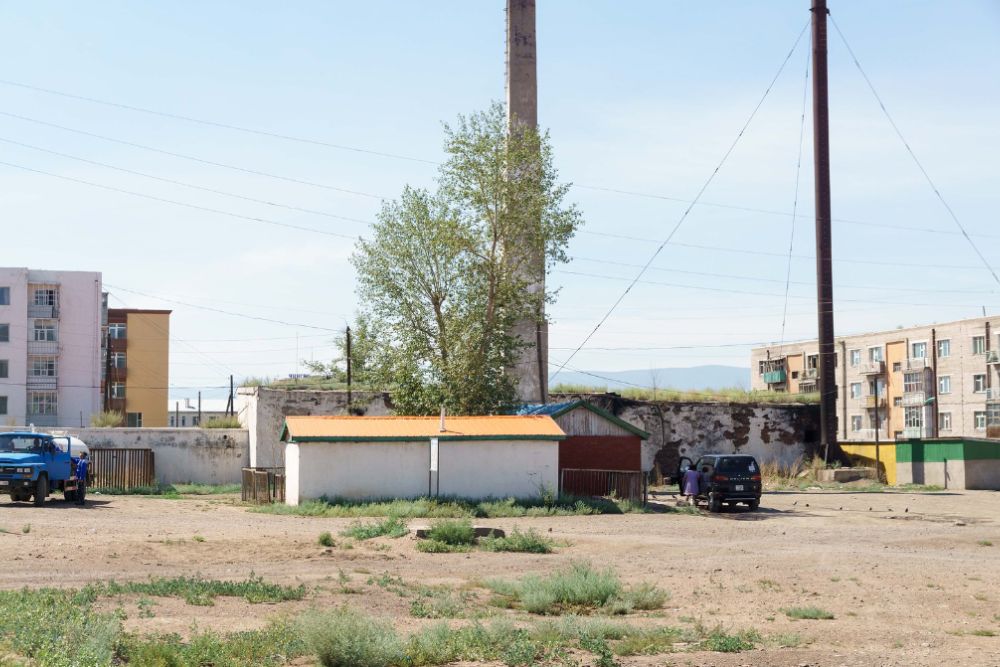
Hidden in a remote valley, this village preserves unique horse breeding and training traditions. The community maintains ancient techniques for producing fermented mare’s milk, which is considered one of the finest in Mongolia.
Local craftspeople create traditional horse gear using methods passed down through generations. The village’s seasonal celebrations center around equestrian traditions and feature distinctive local customs.
Their knowledge of horse behavior and training represents centuries of accumulated wisdom.
Like Travel Pug’s content? Follow us on MSN.
Bayankhongor, Central Mongolia
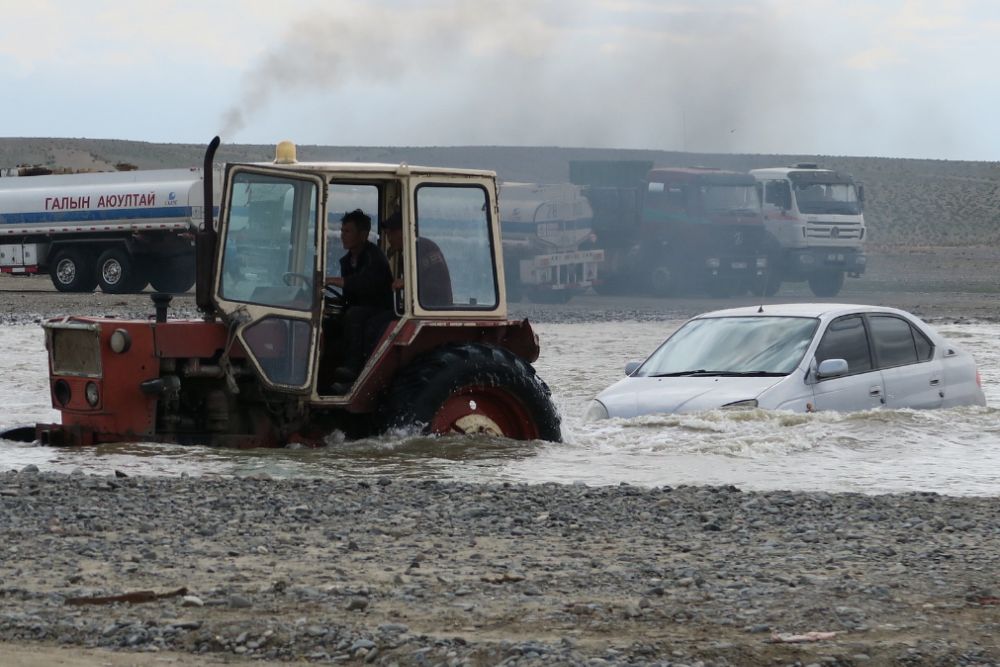
This remote settlement demonstrates traditional methods of adapting nomadic life to mountainous terrain. The village’s unique approach to vertical transhumance has evolved through centuries of high-altitude herding.
Local yak herders maintain pure bloodlines through traditional breeding practices passed down through generations. The community preserves ancient techniques for processing yak wool and producing distinctive textiles.
Their traditional methods of predicting mountain weather patterns reflect generations of accumulated knowledge.
Discover Mongolia’s Living Heritage
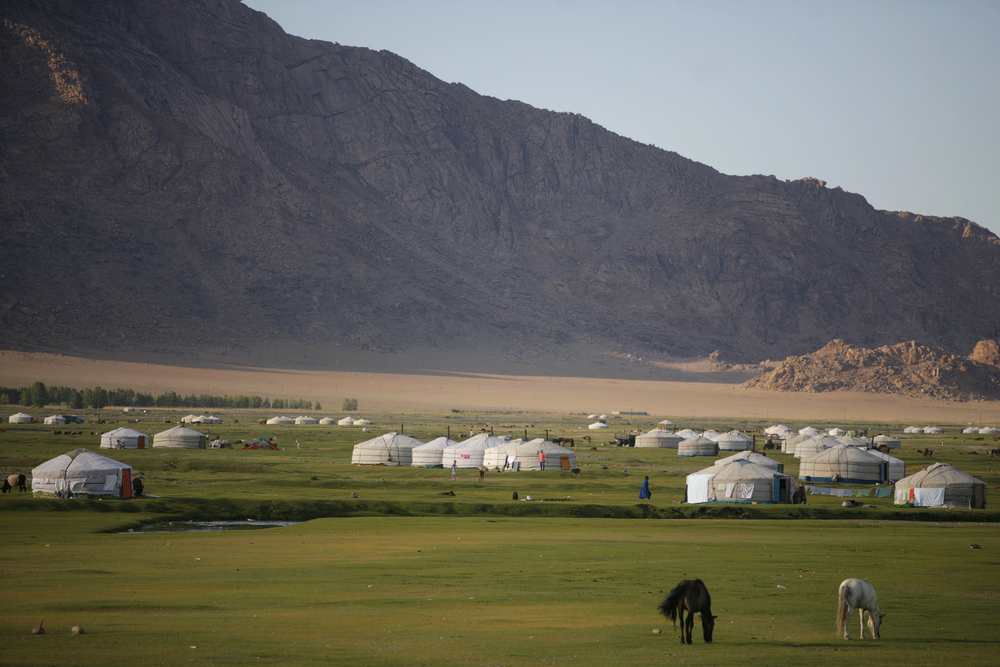
These villages represent more than just destinations — they’re living museums of human resilience and cultural preservation. Your journey through Mongolia’s remote communities will challenge your perspectives and create lasting connections with some of the world’s most remarkable nomadic peoples.
The experiences gained here offer invaluable lessons about sustainable living and preserving traditional ways of life. Approach these visits with respect, curiosity, and an open mind, remembering that you’re not just a tourist but a temporary participant in an ancient and enduring way of life.
More from Travel Pug

- 15 Dangerous European Cities to Avoid
- 15 Caribbean Islands Where Tourists Keep Getting Scammed
- The 20 Most Fascinating Abandoned Places: A Journey Through Time and Forgotten Spaces
- 15 Hidden Places in the Smithsonian Museums Locals Love: A Guide to Lesser-Known Treasures
- 16 Hidden Florida Beach Towns That Aren’t Overrun with Tourists
Like Travel Pug’s content? Follow us on MSN.
